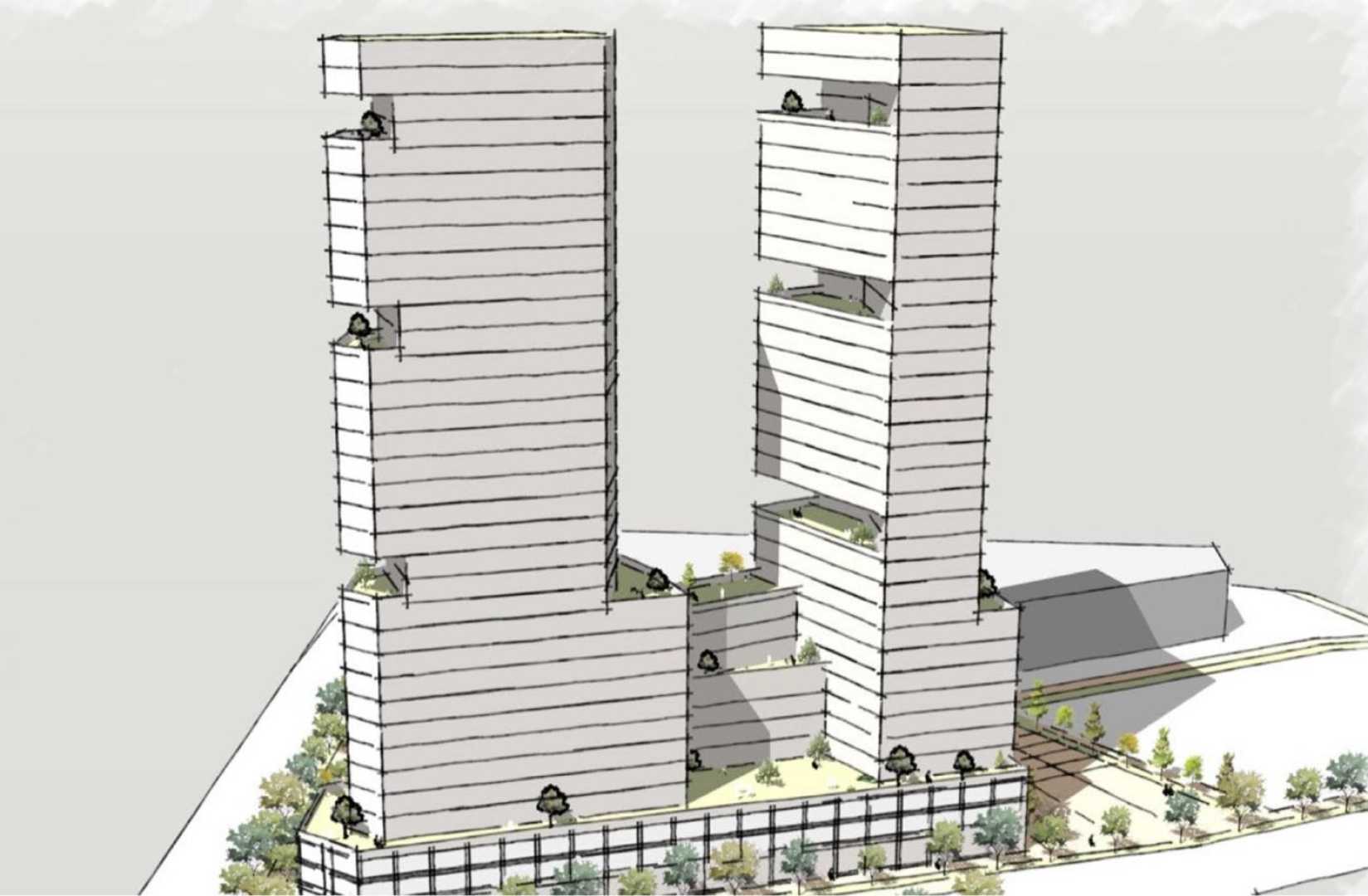News
Black Community Land Trusts Combat Gentrification in Nova Scotia

UPPER HAMMONDS PLAINS, Nova Scotia — Curtis Whiley is spearheading an initiative to preserve the coastline of Black culture amidst rising gentrification in Upper Hammonds Plains, a historic Black community in Nova Scotia. As housing costs ascend and newcomers pour in, Whiley, armed with the legacy of his ancestors, is advocating for a community land trust aimed at ensuring affordable housing for future generations.
Whiley’s great-great-great-grandfather sought refuge in the area in 1815, opening a lumber mill among the freed slaves who settled there. Today, Whiley reflects on a changing landscape influenced by record low vacancy rates and escalating rents in nearby Halifax. “We need to try to protect and preserve our heritage while managing all this growth that’s happening,” Whiley said, as he pointed to a site intended for construction of 136 affordable housing units.
Upper Hammonds Plains has been recognized as one of Nova Scotia’s 52 historic Black communities, a designation bearing significance since it underscores the region’s critical place in Canadian Black culture. Whiley emphasizes that this community land trust is not meant to hinder development, but rather to provide locals a voice in their future. “We just want a say in the future,” he stated.
In the backdrop of gentrification is a troubling statistic: an overwhelming 62% of land is owned by non-Black residents in Upper Hammonds Plains, leaving descendants of the first settlers out of the ownership landscape that reflects their heritage. This mirrors a broader trend experienced by Black Canadians, particularly in Nova Scotia, where historic injustices continue to undermine wealth accumulation and land ownership.
The establishment of community land trusts represents a proactive response to these trends. Such trusts operate by acquiring land and ensuring it remains in community stewardship, preventing private ownership from driving up prices for local families. “Community land trusts all look different but converge in the singular idea that it’s the community itself that benefits,” Whiley added.
The movement towards creating community land trusts has gained momentum across Canada, with over 40 initiatives recorded nationwide. Notably, seven of these specifically cater to Black populations, five of which are located within Nova Scotia. Lynn Jones, another advocate for community land rights, started the Down the Marsh Community Trust in Truro, Nova Scotia. “I can’t wait until the community comes and reclaims the land,” said Jones.
This renewed focus on community land ownership is essential in areas previously devastated by urban renewal projects, including the demolition of Africville in the 1960s. “Most [of the 52 communities] exist only in terms of historic name now,” noted Isaac Saney, a Black studies professor at Dalhousie University.
Statistics reflect the ongoing challenges faced by the Black community in Nova Scotia. According to recent findings, Black individuals in the region are living in inadequate or unaffordable housing at twice the rate of the general population. Efforts like Whiley’s trust aim to counteract this disturbing trend by investing in local infrastructure and safeguarding affordable living spaces.
Whiley and his peers are driven by a deep-rooted desire to ensure their community can thrive amidst change. With the ongoing construction towards modern housing projects looming, they are determined that the original story of Upper Hammonds Plains will continue to be told in a way that celebrates its rich cultural heritage. As Whiley emphasizes, “So many things have happened to us,” and this initiative offers a path for reclamation in a land that has long been fraught with dispossession.












